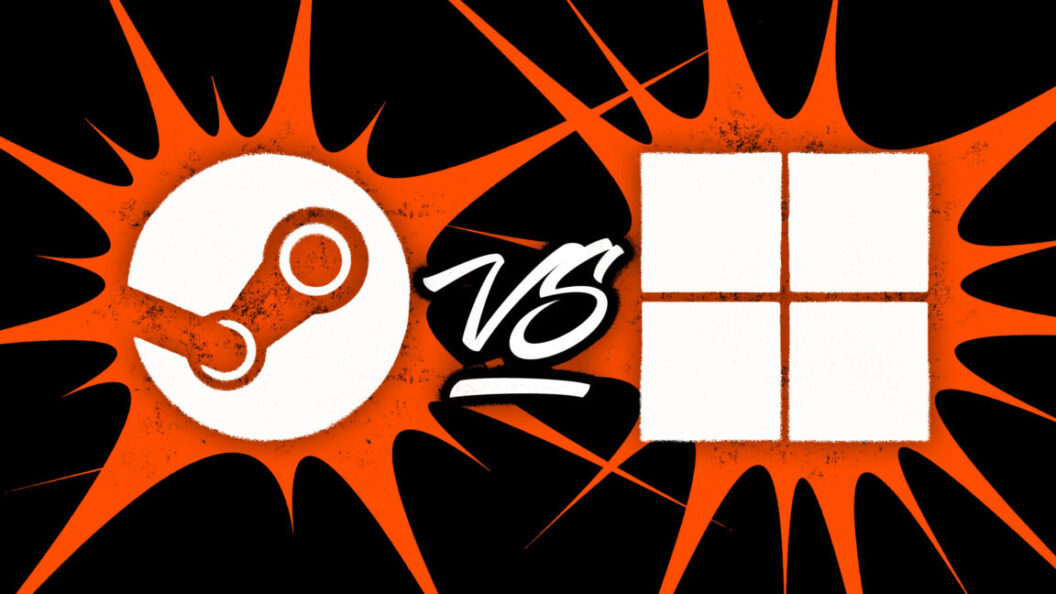SteamOS vs. Windows: A Comparative Analysis of Gaming Performance
In a recent performance analysis of gaming on SteamOS versus Windows, notable improvements were observed in several games, challenging the longstanding belief that Windows holds the superior edge for gaming efficiency. The study highlights how the streamlined SteamOS may deliver better frame rates in most scenarios, while emphasizing the continuous efforts by Valve to enhance its gaming platform.
Frame Rate Improvements
The analysis demonstrated that SteamOS showed significant frame rate enhancements in four of the five games tested. Only Borderlands 3 displayed similar performance across both operating systems, with Windows maintaining a marginally higher frame rate. The improvement for SteamOS users means enhanced gameplay experiences for titles such as Returnal, which posted an average frame rate of 33 FPS compared to a mere 18 FPS under Lenovo’s Windows drivers at high graphics settings.
Impact of Updated Drivers
While stock Windows drivers frequently underperformed, those who sideloaded updated Asus drivers noted significant gains in performance. This update brought Homeworld 3 to near parity with SteamOS at lower graphics settings. However, despite these updates, SteamOS still outperformed Windows benchmarks, revealing frame rate discrepancies ranging from 8% to 36% in favor of SteamOS.
The Role of Proton and Mesa Drivers
These findings raise questions about the efficiency of Proton, Valve’s translation layer that facilitates Windows game code on SteamOS. Despite the inherent overhead of this system, Valve’s constant improvements to Proton and its Mesa graphics drivers have led to better performance, showcasing the platform’s potential. The enhancements suggest that Valve’s continued commitment to optimization is yielding positive results, allowing for enhanced cross-compatibility and efficiency.
Operating System Overheads
One of the critical differentiators highlighted in the analysis is the overhead associated with Windows. The operating system generally carries more background processes and tasks that may hinder gaming performance. Microsoft’s acknowledgment of this issue comes in light of their announcement of the upcoming "Xbox Experience for Handheld" which aims to "minimize background activity and defer non-essential tasks" in hopes of delivering better frame rates.
Conclusion: The Future of Gaming Performance
The contrast between SteamOS and Windows in gaming performance raises intriguing implications for developers and gamers alike. While Windows has historically been seen as the go-to OS for gamers, the increasing efficiency and optimization of SteamOS might position it as a viable alternative for serious gamers. As technology continues to evolve, the significance of these findings could influence gaming hardware requirements and future software development strategies. The ongoing competition between these operating systems may ultimately lead to innovations that enhance the gaming experience for players across platforms, paving the way for a more diverse gaming ecosystem.









